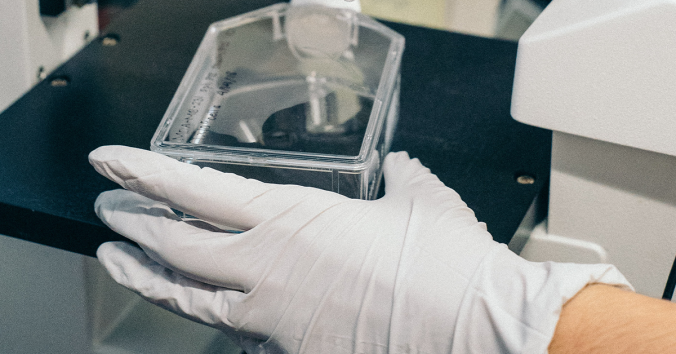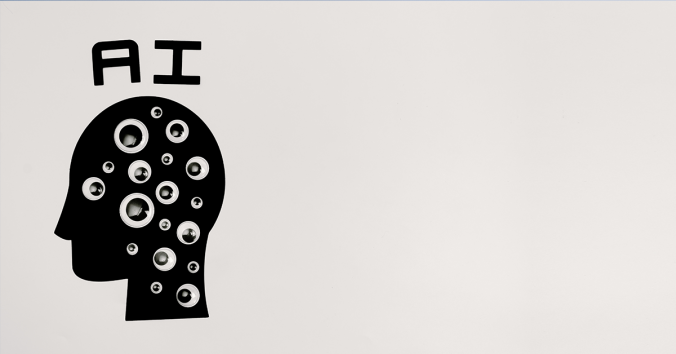If you are an academic, you have probably noticed that you are getting more and more unexpected invitations via e-mail to participate as a speaker in what are presented as scientific conferences. The invitations can be confusing, as they are often not even in your subject area. But sometimes they get it right and maybe even mention your latest publication, which is praised in general terms. What is happening?
Publication ethics is one of many research areas at CRB. In recent years, we have researched (and blogged about) so-called predatory journals, which can lure academics to publish their studies in them for a considerable fee, which will make the article openly available to readers. Open access is an important trend in science, but here it is exploited for profit without regard for academic values. Predatory journals are often generously multidisciplinary and the promised “effective” peer review is just as generous, in order to capture as many paying authors as possible.
The steady stream of conference invitations to academics reflects the same dubious type of activity, but here the profit comes from conference fees and sometimes also from arranging accommodation. Within publication ethics, one therefore also speaks of predatory conferences. What do we know about these conferences? Is there any research on the phenomenon?
The first systematic scoping review of scholarly peer-reviewed literature on predatory conferences was recently published in BMJ Open. The overview was made by four researchers, Tove Godskesen and Stefan Eriksson at CRB, together with Marilyn H Oermann and Sebastian Gabrielsson.
The review showed that the literature on predatory conferences is small but growing, 20 publications could be included. Almost all of the literature in the review described characteristics that may define predatory conferences. The most cited characteristic was the spam email invitations, with flattering language that could contain grammatical errors and be non-scientific. Another distinguishing feature described was that the organization hosting the conference was unknown and used copied pictures without permission. Finally, high fees, lack of peer review, and multidisciplinary scope were also mentioned.
Why do researchers sometimes attend predatory conferences? Possible reasons cited in the literature were the focus on quantity in academic research dissemination, falling victim to misleading information, or the attractive and exotic locations where these conferences are sometimes held. The easy submission and review process and the opportunity to participate as a chair or invited speaker were also mentioned as possible attractions. Personal characteristics such as inexperience, naivety, ignorance, vanity and indifference were also mentioned.
Consequences of attending predatory conferences were described in only one of the publications, an interview study with conference participants. Their stories were marked by disappointments of various kinds. Small overcrowded conference rooms, poorly organized conference facilities, deviations from the conference program that could be reduced by a whole day, reputable keynote speakers announced in the program were absent, and the organizers were hard to reach as if the whole event was remote controlled. Participants were sometimes forced to book their accommodation through the organizers at double cost, and they could also experience that the organizers stole their identities by using their pictures and personal information as if they were part of the conference team. Many participants were so disappointed that they left the conferences early, feeling like they never wanted to attend any conferences again.
The literature also suggested various countermeasures. Among other things, education for all researchers and mentoring of junior academics, published lists of predatory conferences and their organizers, accreditation systems for conferences, and checklists to help identifying predatory conferences. It was also stated that universities and research funders should review their ways of assessing the qualifications of researchers seeking employment, promotion or funding. Attending predatory conferences should not be an asset.
For more details and discussion, read the systematic review here: Predatory conferences: a systematic scoping review.
Another countermeasure mentioned in the literature was more research on predatory conferences. This is also a conclusion of the overview: both empirical and analytical research should be encouraged by funders, journals and research institutions.
Hopefully, these staged conference rooms will soon be empty.

Written by…
Pär Segerdahl, Associate Professor at the Centre for Research Ethics & Bioethics and editor of the Ethics Blog.
Godskesen T, Eriksson S, Oermann MH, et al. Predatory conferences: a systematic scoping review. BMJ Open 2022;12:e062425. doi: 10.1136/bmjopen-2022-062425
We want solid foundations













Recent Comments